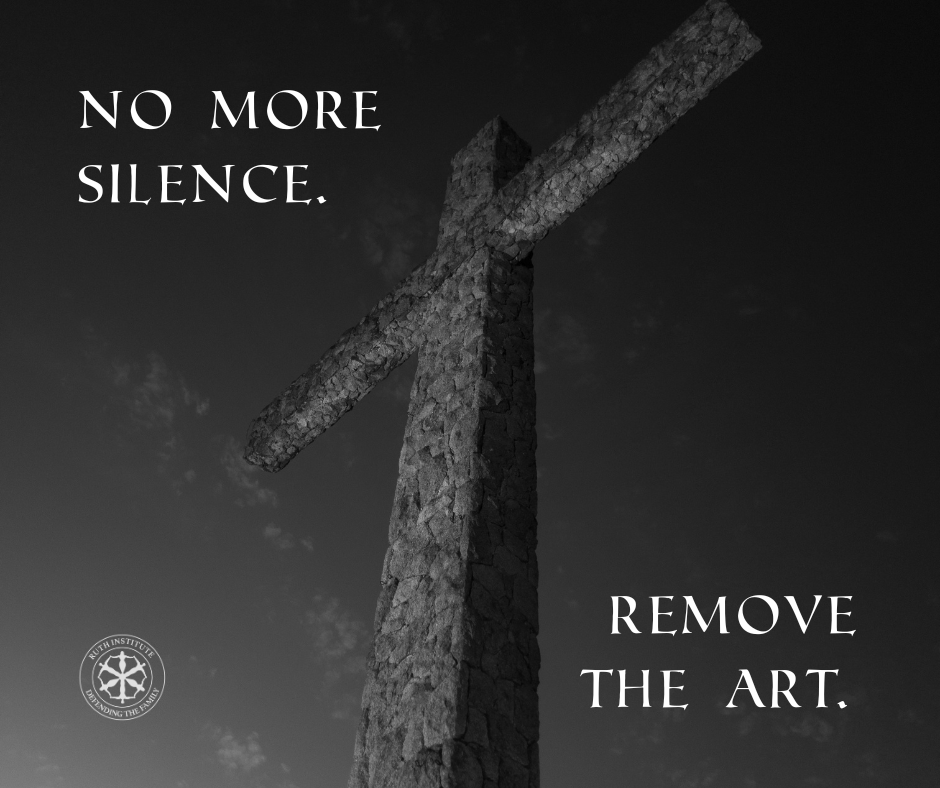Faith Hakesley
Something happened last weekend that many of us never expected to see: the Vatican finally removed the artwork of Marko Rupnik from the Vatican News website.
To to perfectly honest, I’m stunned. I’m also grateful and hopeful.
For a while now, survivors of abuse (me included) have been pleading for this. We’ve written letters, made calls, shared our stories, and begged the Church to act. For years, we have been met with silence, deflection, or polite dismissal. Not this time.
This decision marks a turning point. Of course, it’s not everything, but it’s something. It’s a real and visible step in the right direction. Maybe someone in Rome is finally listening.
I am personally grateful to Pope Leo XVI. This act sends the message that the dignity of victims matters. Our voices matter, and the truth matters.
Yet, hope does not mean we stop. Hope is not an excuse to look away. Rather, it is the strength to keep going. While the removal of Rupnik’s art from the website is a welcome and necessary step, we must be honest: the work is far from finished.
Even recently, Rupnik’s largest public mosaic to date—43,000 square feet—was being celebrated at the Shrine of Our Lady of Aparecida in Brazil. There was music, speeches, fireworks. It was quite the event to feature the full-scale inauguration of artwork created by a man credibly accused of sexually, spiritually, and psychologically abusing women over three decades.
Let that sink in. Instead of condemning his actions, they celebrated his legacy.

At the May 17 ceremony, Redemptorist priest, Father Marlos Aurélio declared: “We don’t recognize the name of any artist,” and classifed the artwork as “a metaphor, a symbol, an expression of what the evangelizing work from the sanctuary of the House of Mary should be.”
This is not neutrality. It’s gaslighting. You don’t get to erase the name of the abuser and keep the art. That’s not healing nor is it justice. It’s complicity.
Let’s be absolutely clear: this isn’t about art. This is about power. It’s about silencing survivors to protect reputations. It’s about choosing prestige over people and about presenting a facade of holiness while ignoring the rot beneath.
Over and over again, we’re told that the Church has learned from its past and that things are different now. We’re told that they care. Yet, when moments like this occur (when a known abuser’s work is celebrated at a major Marian shrine) it becomes painfully clear that the will to put survivors before image is still missing in many corners of the Church.
That’s why we speak out and that’s why we can’t be silent.
Even though the Vatican’s recent removal of Rupnik’s art from the website brings real hope, it also brings clarity. Whether some Catholics want to face it or not, there is still resistance and too much compromise. There is still an unwillingness to do what justice demands.
We cannot give up.
For so many survivors of clerical abuse, this is a massive cross to carry. Even those of us who were not abused by Rupnik feel the weight of the Church’s betrayal every time one of his art pieces is honored or displayed. It stirs grief, disgust, righteous anger. Sadly, it might even tempt some toward despair and tempt some to walk away.
I want to encourage all Catholics to let our pain become our fuel to pray harder, cling more fiercely to Christ, and to be the kind of Catholics who do not hide from truth. Let us be Catholics who bear witness to it.
We can speak, write, peacefully protest, organize, and demand better. More than anything, we can live as saints, striving always for holiness.
Please speak, fast, and refuse to be complicit. Let your anger be righteous and never let go of hope. Even when your faith is tasted, allow it to shine from within.
In closing, know this: if you are carrying this cross, you are not carrying it alone.